
Complete the form below to view the presentation.

Taking Your Seismic to Predict Drilling Parameters: Comparing Simultaneous Inversion and Facies-based Inversion: We present in this work a comparison of geomechanical properties of an unconventional reservoir estimated from two seismic inversion techniques: Simultaneous and Facies-based inversions.
The elastic properties calculated out of the seismic inversion techniques were used to estimate Maximum and Minimum Horizontal Stresses (SHmax and Shmin), Young Modulus (E) and Poisson Ratio (PR). Three different datasets were compared: two Simultaneous Inversions datasets, whose only difference was the removal of one well out of the low-frequency model building; and one Facies-based Inversion.
A complete geomechanical model was defined on a well scale, and the same parameters for Dynamic to Static E calibration, vertical stress, hydrostatic and formation pressures were applied on the different 3D datasets to define the geomechanical model from seismic inversion. By comparing the simultaneous seismic inversion results, it is possible to identify the effect of the low-frequency model on the estimated elastic parameters and consequent geomechanical model. The magnitudes of geomechanical properties such as Maximum Shear Stress [ (SHmax – Shmin ) / 2], which is related to casing shear risk, are different between the two simultaneous inversion datasets. These differences highlight the bias effect, increase in uncertainty, characteristic on the simultaneous inversion towards the low-frequency model is used. Collapse Pressure volumes were used to compute volumes of Mudweight that represents the pressure needed to maintain wellbore stability, for both vertical and horizontal well cases.
We conclude that facies-based inversion can provide a more robust estimation (bias free) of geomechanical properties that drilling engineers can use for drilling plans.
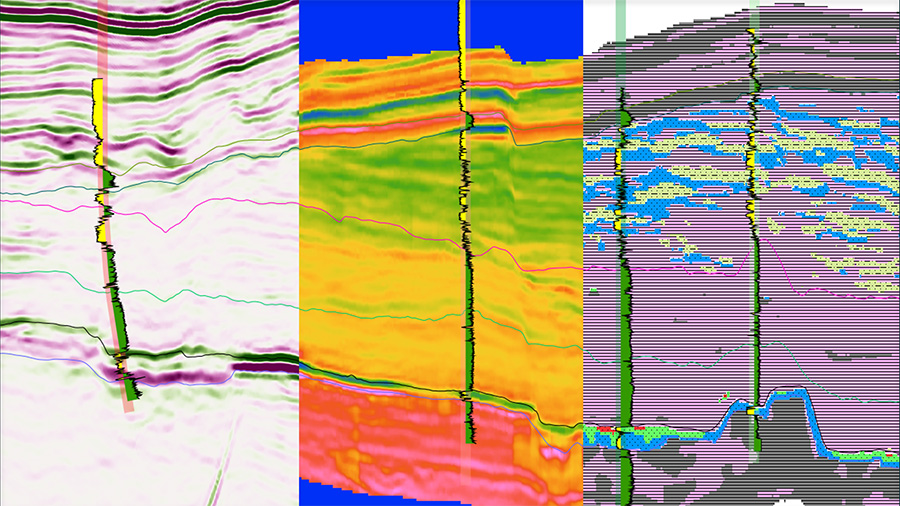
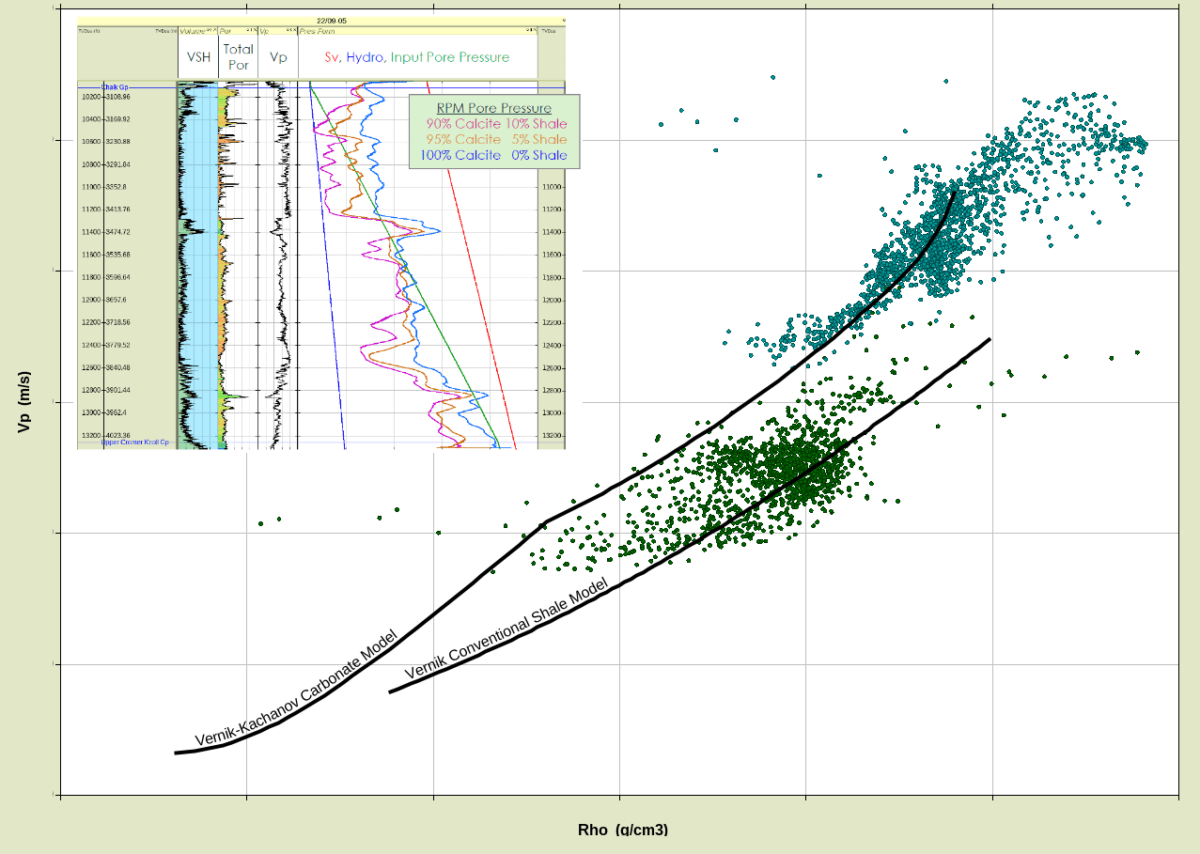

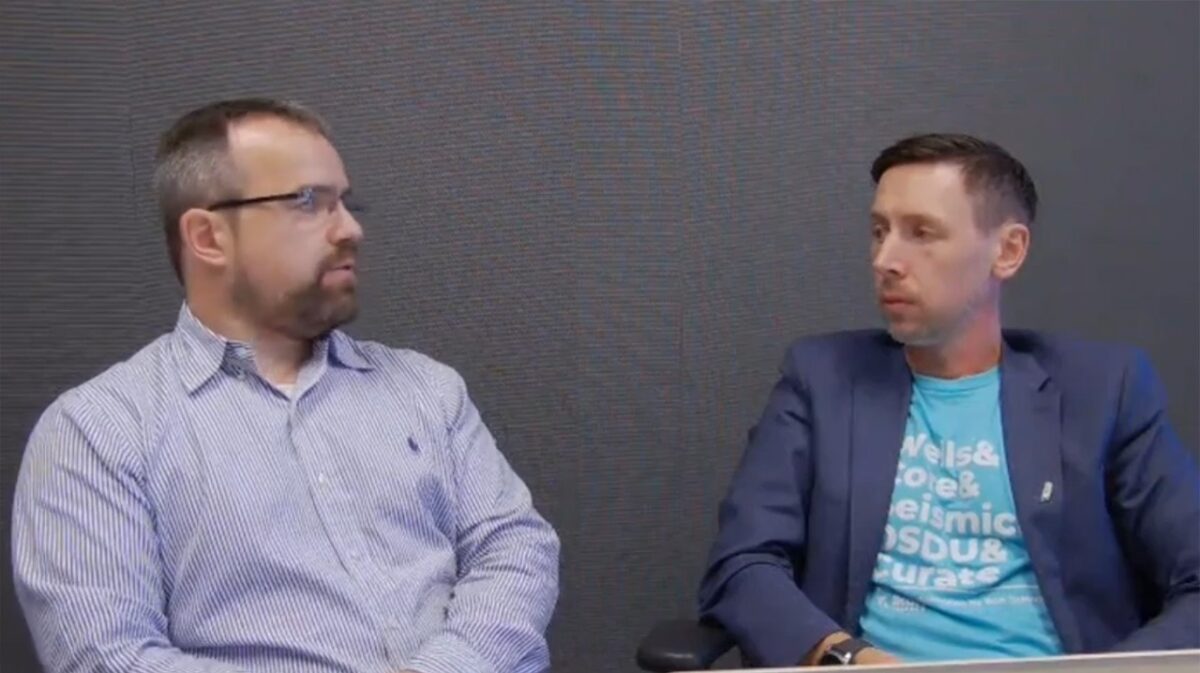
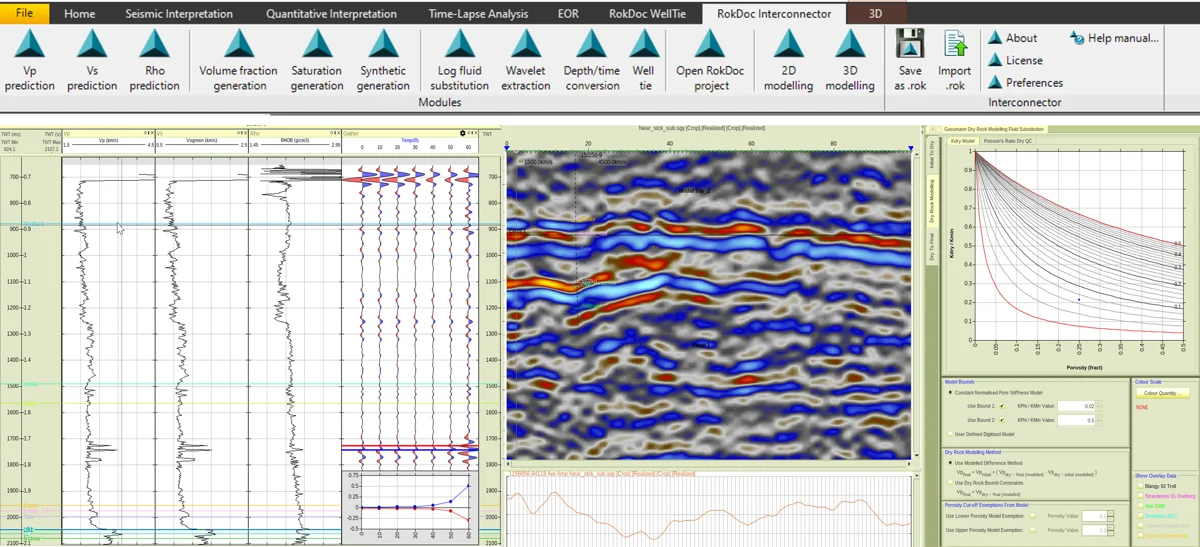
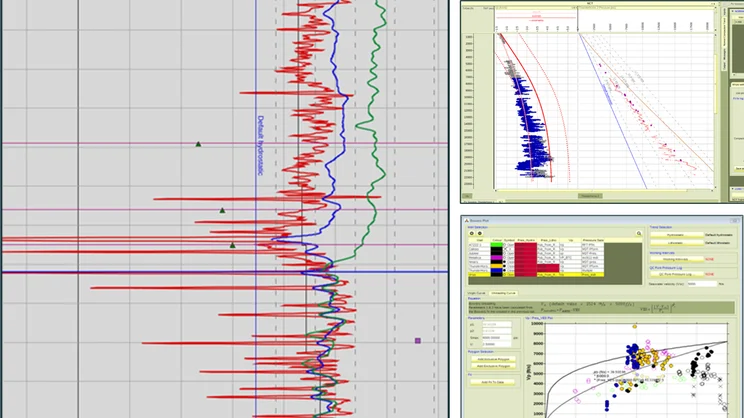
By submitting this form, you are consenting to receive marketing emails from: Ikon Science, 1 The Crescent, Surbiton, Greater London, KT6 4BN United Kingdom, https://www.ikonscience.com/. You can revoke your consent to receive emails at any time by using the SafeUnsubscribe SafeUnsubscribe® link, found at the bottom of every email.